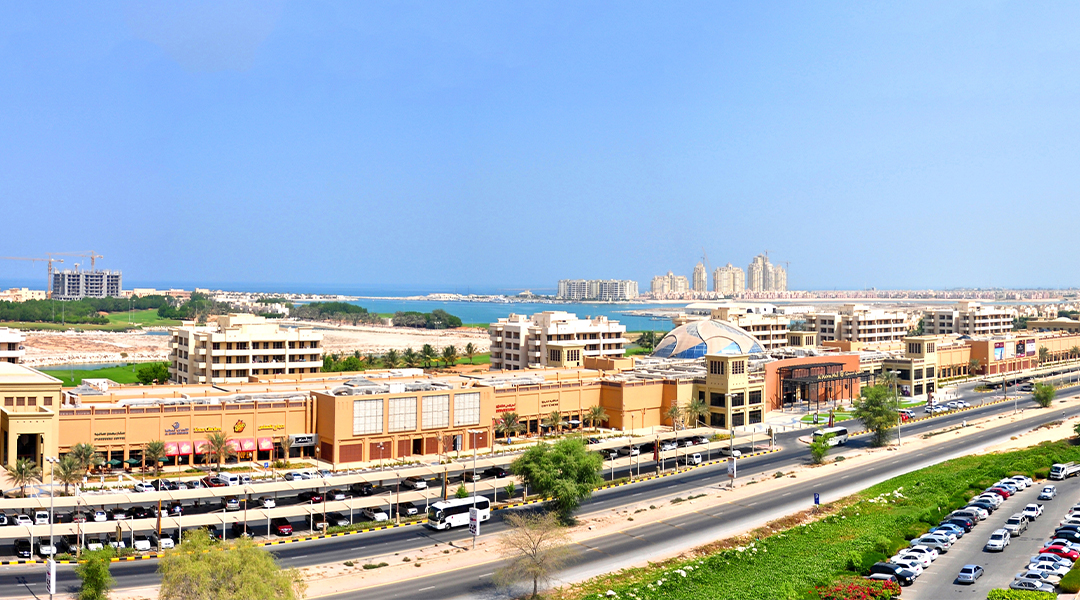
Cadiz International showcases sensitivity to the local context in projects portfolio
Flying through the clouds 35,000 feet above the earth, Medardo Cadiz, CEO, and founder of Cadiz International (CI), intently looks at his sketches for a Mövenpick resort in Bali. Having just left Dubai, he wastes no time visualizing a new project, a series of strokes that evoke the geometric massing that will later become the architecture of a mall. Upon his arrival in Manila eight hours later, Cadiz immediately meets with his team, headed by the directors of the CI-Manila office, Nina Quintos, and Cecile Vega. The discussions are brisk and vigorous. Senior and junior designers share their insights. More brainstorming occurs in the afternoon as Cadiz shares his sketches made prior and as other designers also continue to sketch on the whiteboard. In the evening, Cadiz, Quintos, and Vega map out the strategy for the project for the rest of the month.
This is a typical scene whenever CI has a new project is on board. The energy in the office is especially exhilarating when brainstorming sessions occur, sessions that I have witnessed when I worked at the firm as Senior Design Architect between 2007 and 2009.
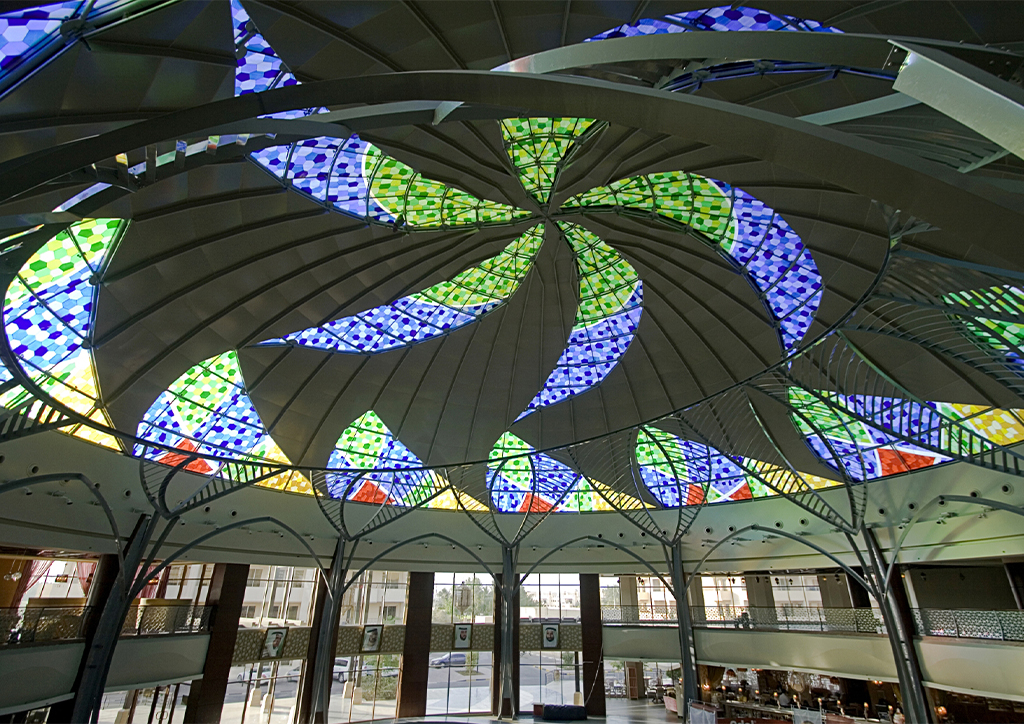
Cadiz established CI in Singapore in 1990, after working for Design International in Baltimore for ten years. The firm has since expanded with offices in Dubai, Manila, and Seattle, with projects spanning 14 countries, and a diverse portfolio including master planning, architecture, interior design and environmental graphics design. Cadiz, previously based in Dubai and recently moved back to the U.S., constantly crosses the world to collaborate with Quintos and Vega, who bring with them more than 40 years of combined architectural practice in Southeast Asia, East Asia, the Middle East, and Europe. Cadiz’s brother, Leo, is based in Seattle and contributes his expertise in environmental graphics design.
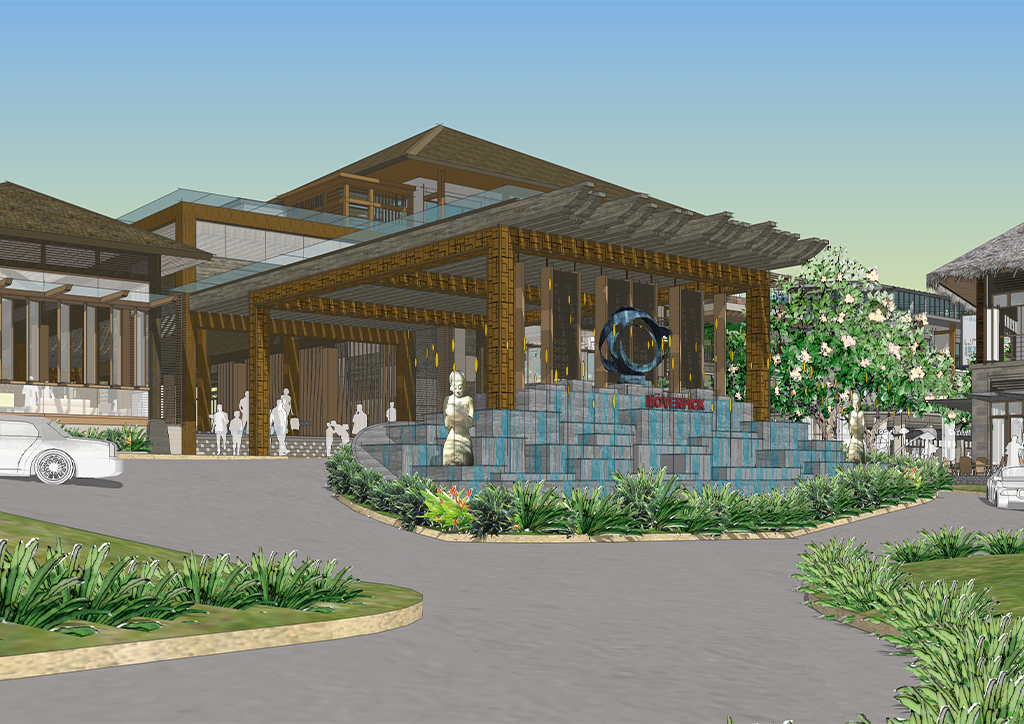
CI projects are known for their sensitivity to the locale, the genius loci, or “the spirit of the place.” For Cadiz, successful projects are destinations designed for people, an idea he calls, “community village life concept.” He says: “I believe that the creation of commercial destinations during the past 50 years has gone full circle to where it all started, back to the quaint and friendly family communities where all services, parks, recreations, and amenities are just at your doorstep.”
In Cadiz’s quest to promote people-centered developments, he incessantly educates his clients about the benefits of putting people first and considering the local culture and marrying these to business requirements.
One such successful destination is Al Hamra Mall, located in Ras al Khaimah, United Arab Emirates, which won the Merit Design Award for New Mall Development in the Middle East and North Africa Region from the International Council of Shopping Centers (ICSC) in 2012. Acting as an important landmark for the area, the 37,000-square meter shopping mall is located along a major thoroughfare adjacent to the Al Hamra Village development. Inspired by a colorful lantern found in the region, the center of the mall features a double-height public atrium topped by a polychromatic dome. The overall form, although contemporary in its attitude, pays homage to traditional Emirati architecture with its badgir wind towers marking important nodes of the mall.
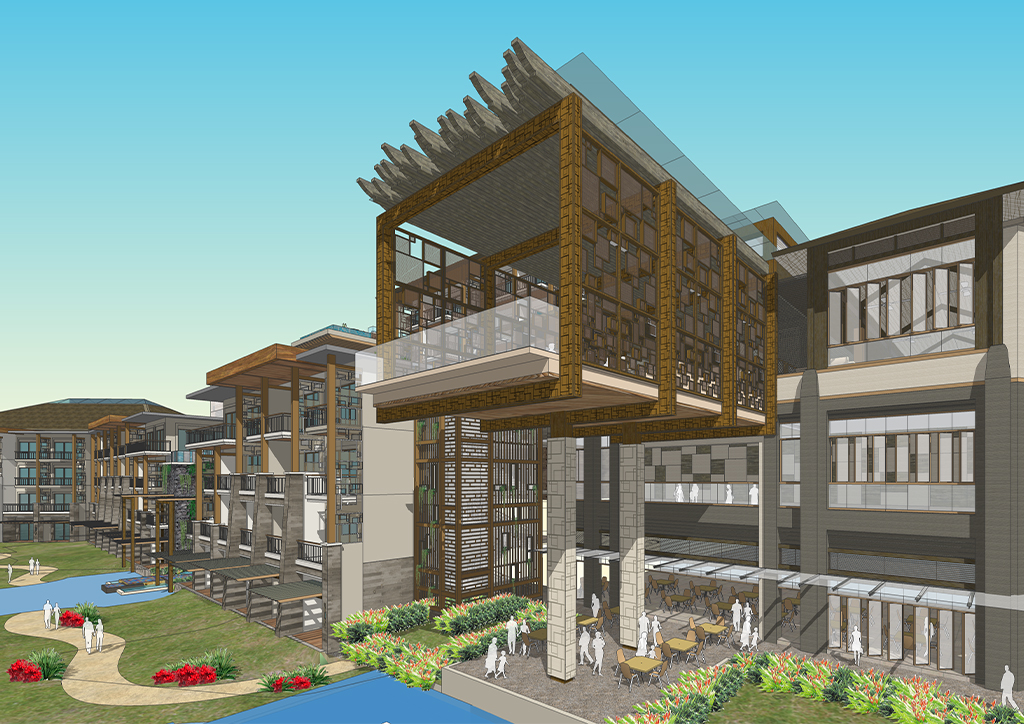
On the other side of the world, Samasta Resort, a 300-key upscale hotel and lifestyle, retail and food & beverage village close to Jimbaran beach in Bali, Indonesia, similarly reflects sensitivity to local culture. Inspired by the canang sari, the colorful ritualistic daily offerings of the Balinese to the gods and spirits of the land, the 3.5-hectare hotel development is one of tropical pavilions and buildings surrounding a lush lagoon. Much like Al Hamra Mall in its allusion to local architecture, the architecture of Samasta resort seamlessly blends vernacular Balinese building typologies with contemporary detailing, providing guests with world-class luxuries flavored with local traditions and experiences.
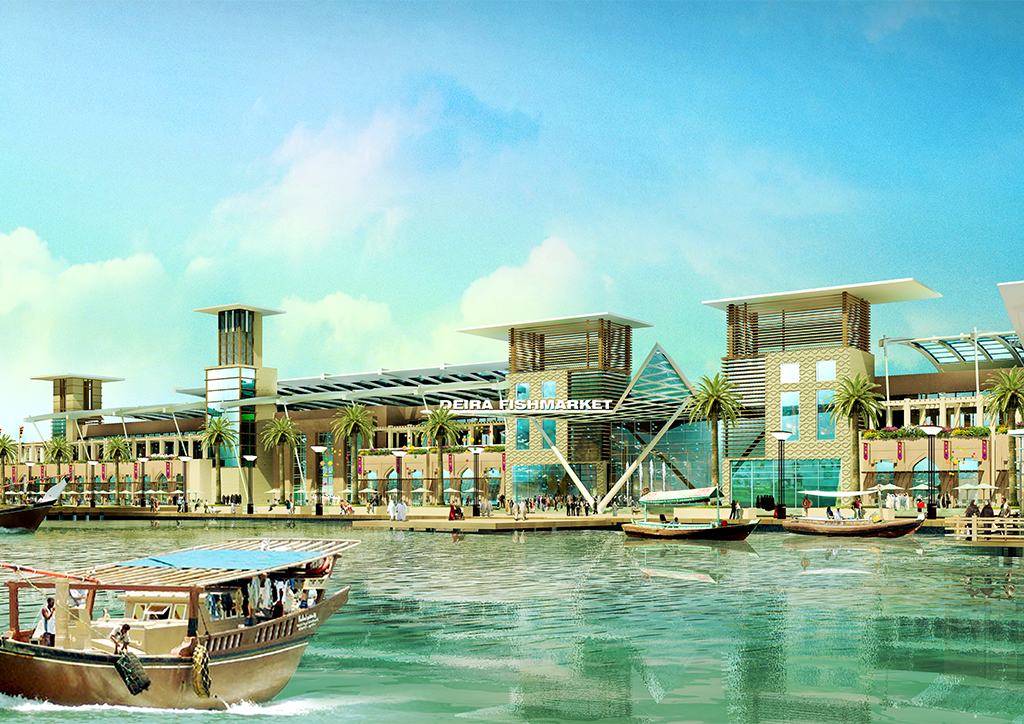
Aside from an understanding of local traditions, CI also integrates into their projects emerging trends and successful precedents through research. One such example is the New Deira Fish Market located in the downtown Dubai area. Prior to starting the design, Cadiz, together with Quintos and other team members, toured the famous fish markets of Tsukiji in Tokyo, and Jagalji in Busan, South Korea, to understand the specialized program of fish markets. The New Deira Fish Market features a waterfront and street entrance, dramatic high vaulted ceilings with rich detail and ornamentation, natural daylight to illuminate the interiors, and state-of-the-art facilities. While it is intended that the new market is respectful of the local heritage, the amenities and facilities do not pretend to be a historic structure. Instead, it simultaneously celebrates its indigenous heritage as well as its contemporary function as a catalyst development in the historic downtown district.
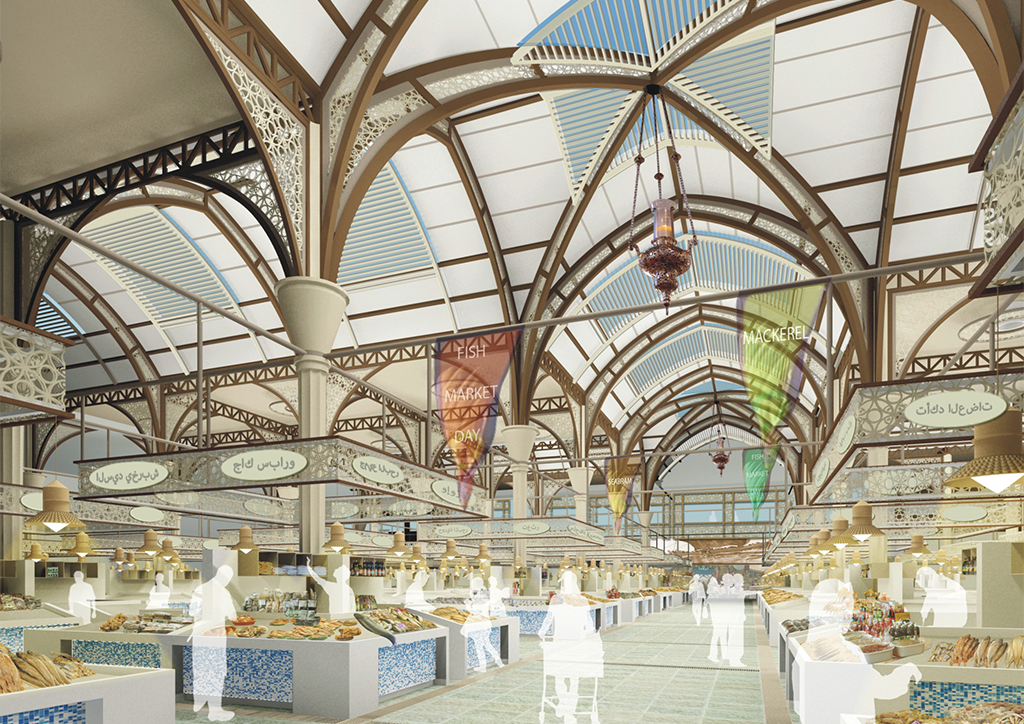
These are but three of CI projects that exhibit a careful hybridization of local cultures and global developments. Cadiz continues to travel around the world as other projects move forward in various stages. These include mixed-use developments like One Galaxy in Surabaya, Indonesia; Isfahan City Center in Esfahan, Iran; and Gurney Paragon in Penang, Malaysia. Then there’s Lausanne Golf Village, an integrated golf community with mixed-use development in Bishkek, Kyrgyzstan; and the heritage conservation master plan for Old Town in Ras al Khaimah, U.A.E.
What is truly inspiring with Cadiz, Quintos, Vega and the rest of the CI team is their exceptional ability to learn and adapt to the imperatives of the local culture and conditions. In all cases, the Filipino’s outstanding talent and adaptability becomes the key ingredient in developing these projects. As the practice of architecture continues to be globalized, albeit, in a homogenized way, CI’s approach is sensitive to the local context viewed with a cosmopolitan perspective and achieved through Filipino creativity and ingenuity.
This article was first published in BluPrint Special Issue 3 2013. Edits were made for BluPrint online.
Images courtesy of Cadiz International
READ MORE: Mandala. The Bay – Rediscovering Hidden Bali


